Published on: August 18, 2021
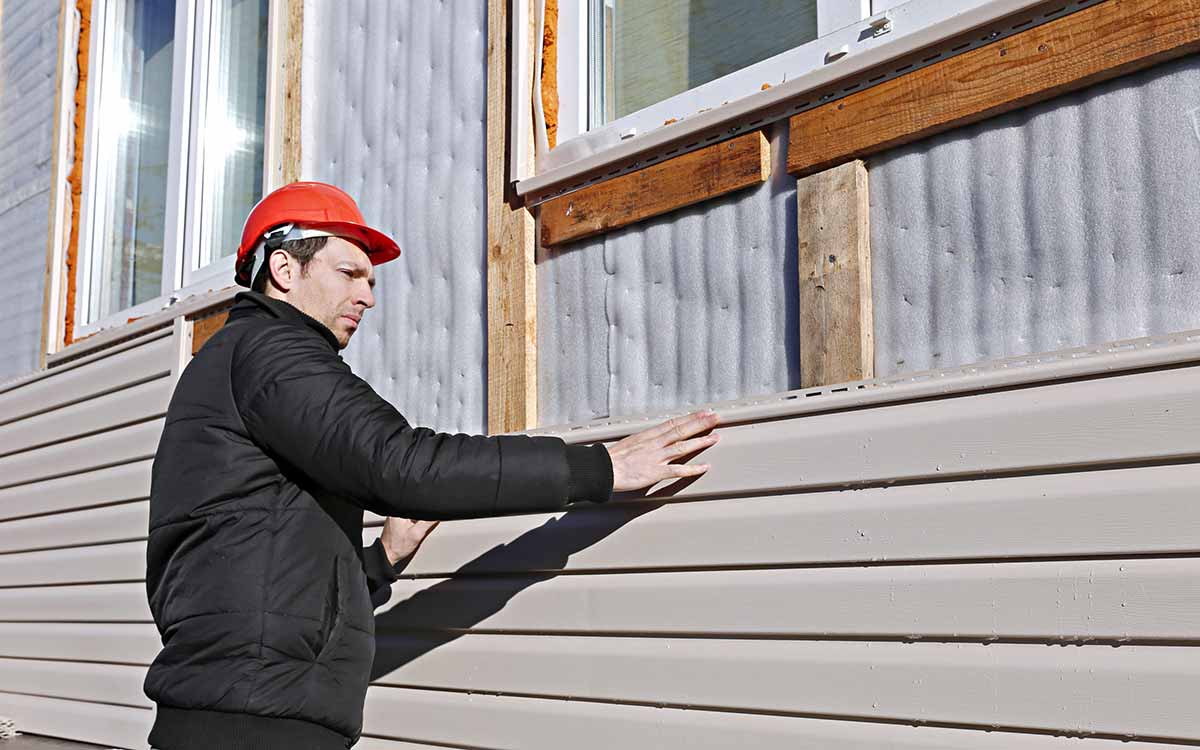
New siding panels can provide an instant home makeover and have an excellent return on investment as far as home improvement projects go.
Although installing new siding can be a large investment, it offers a 74 percent return on investment, according to Remodeling Magazine.
So what can you expect to pay for new siding? The average vinyl siding project costs $14,000. That’s why it’s important to learn about different types of siding, how timeless the look of that siding is and what you can expect as far as durability.
This guide offers insights to help you balance your style, budget and maintenance requirements for a variety of siding styles and materials.
There are three main considerations when evaluating siding panels.
Thanks to modern manufacturing techniques, siding materials like vinyl can look like a variety of siding styles. Now you can focus on picking the material that is right for your home and way of life and then select the style you want that material in.
With more options, now you can choose your siding based on durability and long-term wear instead of design. Learn these best practices when selecting the best siding.
Let Us Help You Choose the Right Siding Panels
Armed with more information about key considerations for selecting siding, you’re ready to begin selecting the siding for your Seattle area home. Here’s a look at the primary siding types, the styles you can accomplish with them and important things to keep in mind.
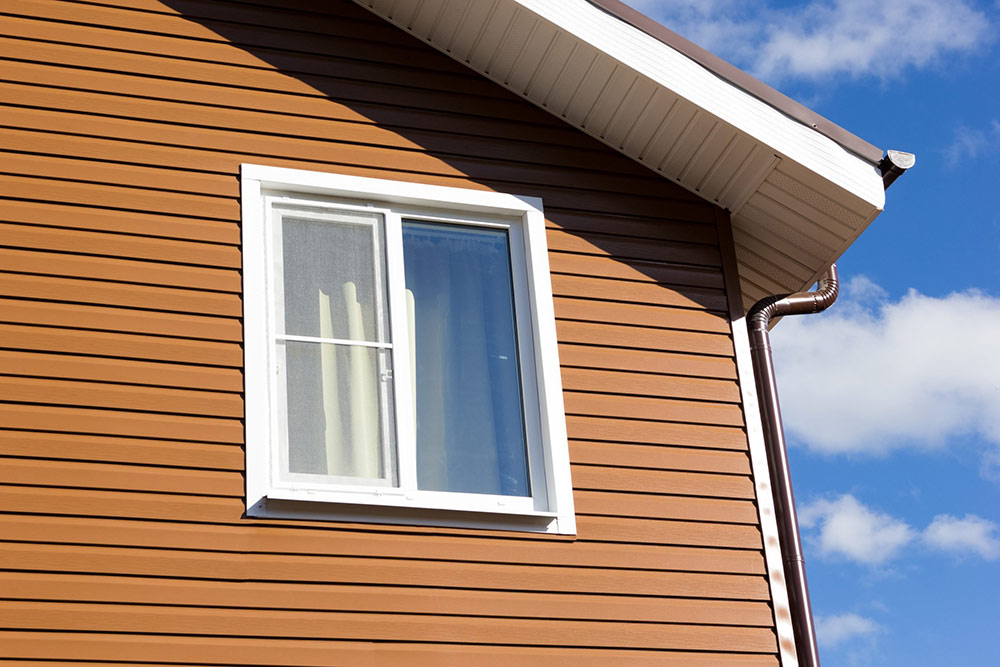
Vinyl siding is some of the most affordable siding options available. You won’t have to paint this type of siding or worry about warping. Plus, vinyl siding offers great protection from insects and water damage.
Double-hem nailing areas on siding can provide a stronger installation to help keep your siding from rattling. Plus, it can stand up better to severe weather. Also, adding a foam backing to vinyl siding could offer your home better insulation to aid in energy efficiency.
Selecting longer paneled siding reduces the number of seams. This helps prevent damage to your siding to keep it looking better longer.
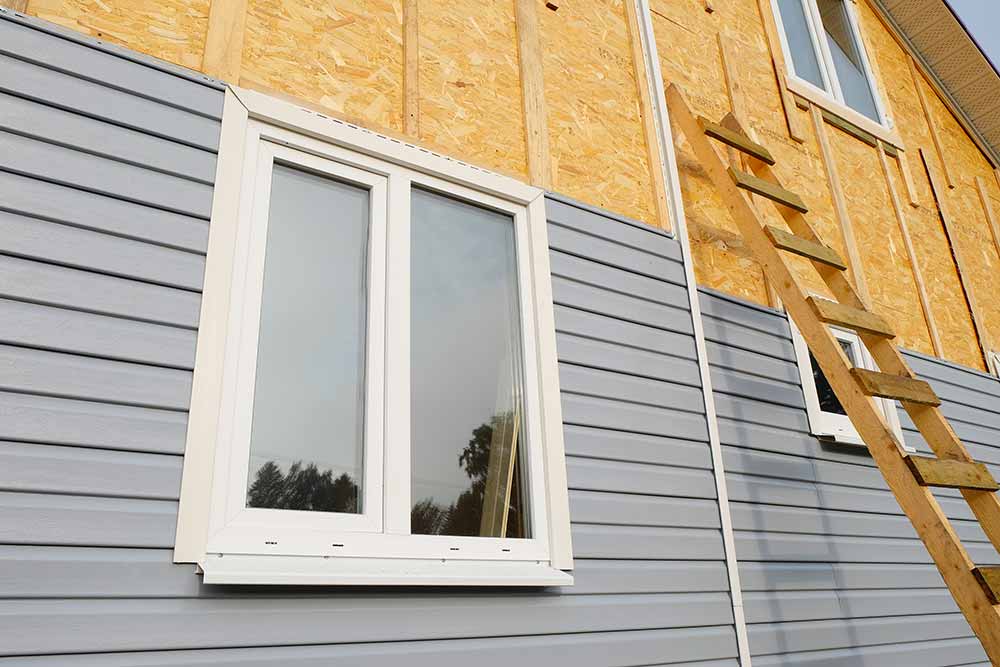
Plastic siding is another great lookalike option for some of the more modern siding styles. And it is significantly thicker than vinyl, which can mean better durability with minimum maintenance. However, since it is thicker, you’ll probably pay more for it.
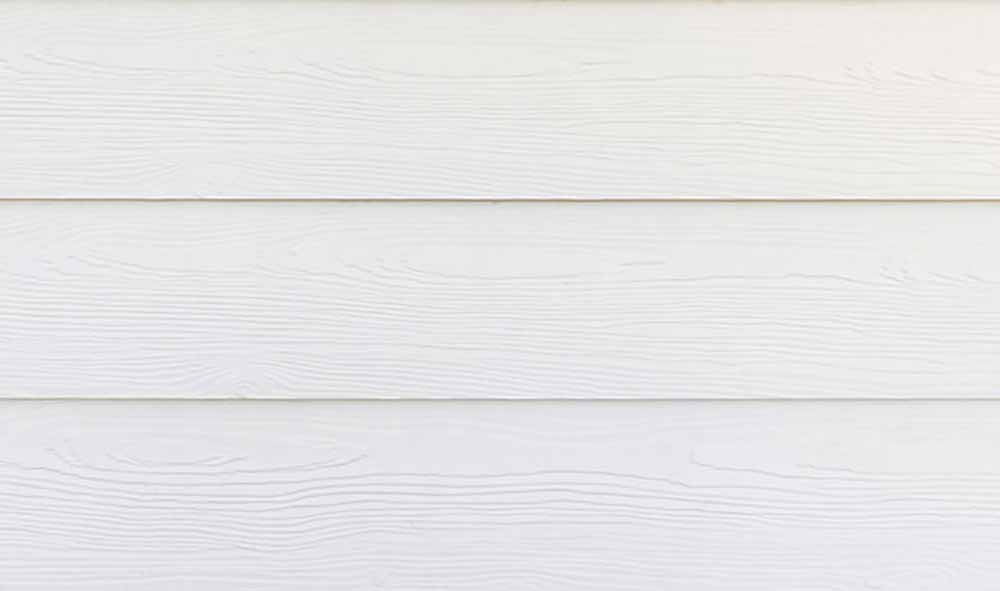
Composite siding is a blend of sand, cellulose and cement that manufacturers design to look like wood. HardiePlank is one of our favorite composite siding options. This type of siding is fire and insect resistant. However, it can be susceptible to water damage, and you’ll need to paint it every 10-15 years.
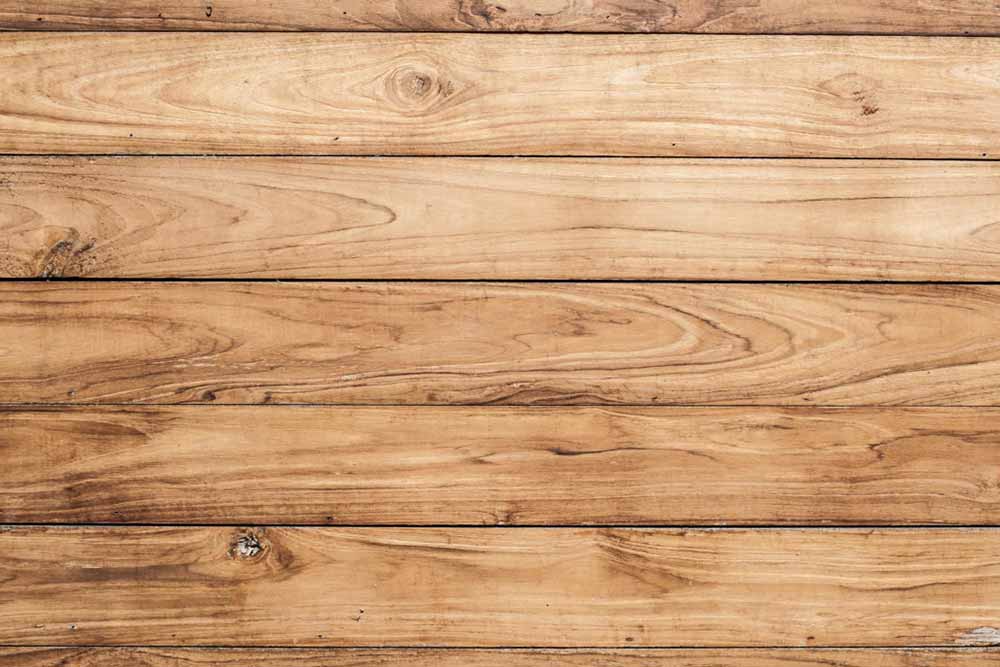
There’s nothing more charming than wood siding for a home. However, it’s also one of the most expensive siding options. You have many finishing options for how to complete your wood siding. You can keep its natural color and grain or paint it a certain color. But no matter how you finish your wood siding, be prepared for repainting it regularly.
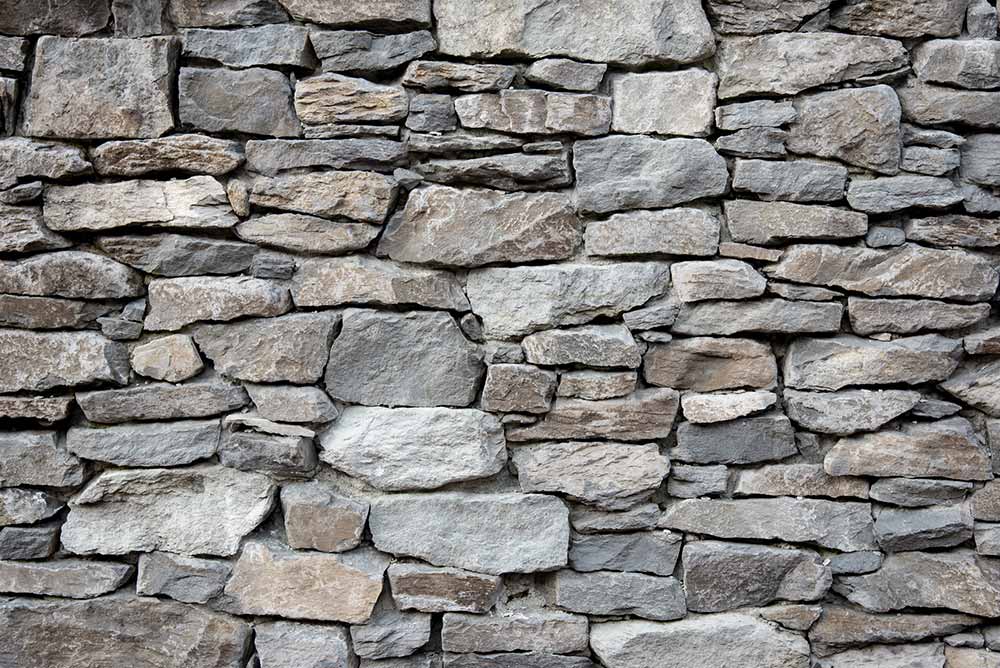
Stone and brick siding are some of the most durable options available. But even though they can last up to 100 years, many homeowners choose to go other routes for their siding due to the expense and installation timeframes. The look of a stone or brick home is timeless but to make it worth the money, you’ll need to plan to stay in the home for many decades.
No matter what siding panels you select, having a good siding contractor will be essential to the longevity and quality of your siding. And a good contractor can recommend siding styles and materials that will work best with your home.
Contact us for a free in-home consultation and estimate. We’ll walk through key considerations based on what we see during our assessment. We promise we won’t use any high-pressure sales tactics.
Further reading:
Comments are closed.

Read the latest articles about siding.

[…] A Buyer’s Guide to Choosing Siding Panels […]
[…] A Buyer’s Guide to Choosing Siding Panels […]
[…] A Buyer’s Guide to Choosing Siding Panels […]
[…] A Buyer’s Guide to Choosing Siding Panels […]
[…] A Buyer’s Guide to Choosing Siding Panels […]
[…] A Buyer’s Guide to Choosing Siding Panels […]
[…] A Buyer’s Guide to Choosing Siding Panels […]
[…] A Buyer’s Guide to Choosing Siding Panels […]
[…] A Buyer’s Guide to Choosing Siding Panels […]
[…] A Buyer’s Guide to Choosing Siding Panels […]